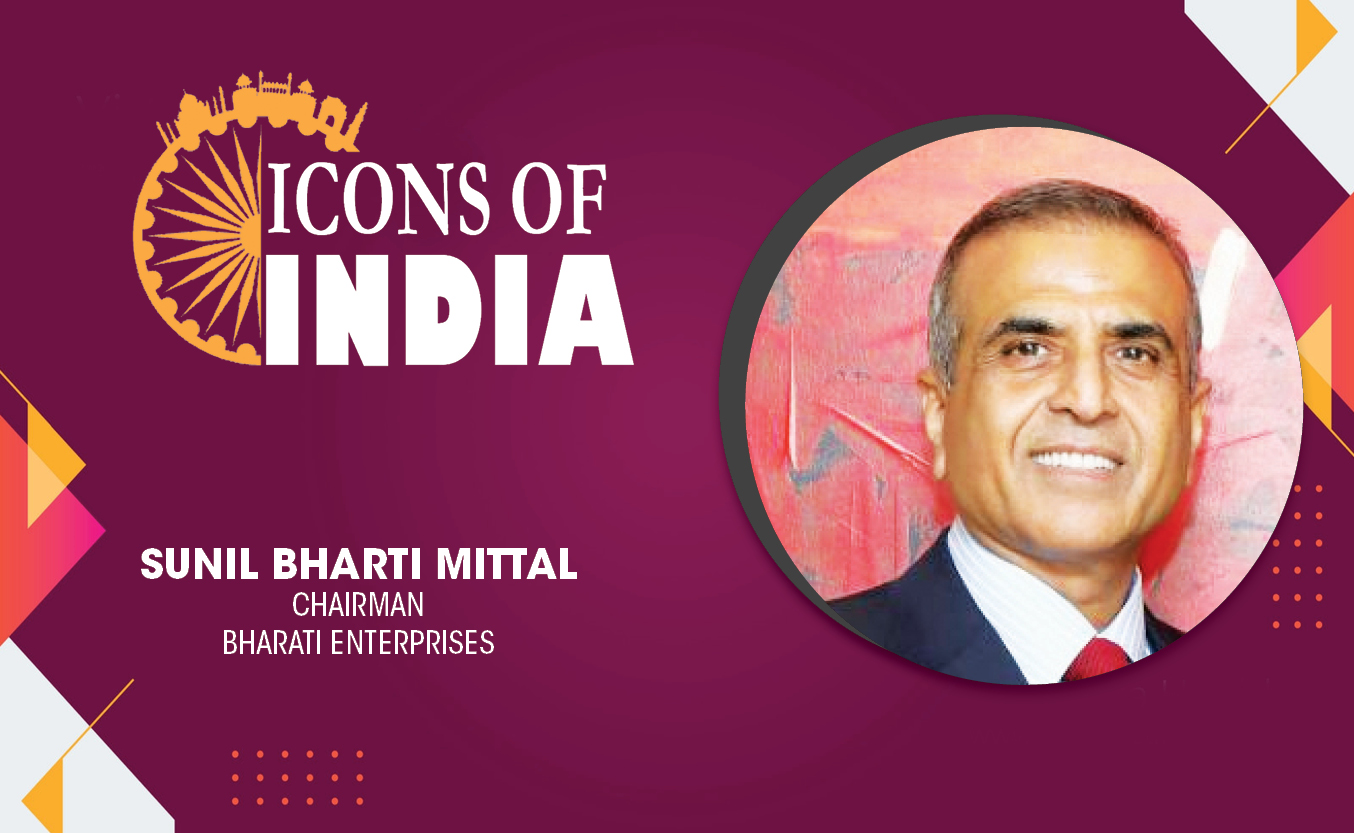Government’s push for local manufacturing driving India’s mobile shipment
By MYBRANDBOOK

The India Government’s push for self-sufficiency in mobile phone assembling is reaping results. Between 2014 and 2022, as a part of the government’s Make in India initiative, India shipped two billion domestically assembled smartphones and feature phones.
According to Counterpoint, 98% of all the mobile phones shipped within India market in 2022 are manufactured domestically and 16% of the production was exported, compared to a mere 19% in 2014, the year Prime Minister Narendra Modi’s administration assumed office.
Counterpoint mentioned that India took just two years to assemble the last 500 million smartphones and feature phones. It is a milestone that has strengthened the country’s position as the world’s second-largest mobile phone producer.
In recent years, the centre is providing incentives to firms in a bid to spur domestic production.
“The government now intends to capitalize on its various schemes to make India a ‘semiconductor manufacturing and export hub.’ Going forward, we may see increasing production, especially for smartphones, as India gears to bridge the urban-rural digital divide and also become a mobile phone exporting powerhouse,” said Tarun Pathak, Research Director at Counterpoint, in a statement.
At present, almost 200 smartphone and feature brands are assembling in India, up from just two before 2014, as per a news source. India is assembling roughly 1.8 times more smartphones than Vietnam and about a quarter of China’s output, he said. China, India, and Vietnam are the top three smartphone manufacturers.
“India has come a long way in mobile phone manufacturing,” said Pathak. “Local value addition in India currently stands at an average of more than 15%, compared to the low single digits eight years ago. Many companies are setting up units in the country for manufacturing mobile phones as well as components, leading to growing investments, increasing jobs and overall ecosystem development.”
India has also benefited as many Western companies scramble to look for a backup to China as the world’s factory floor. Even though India is drawing hardware companies to increase their footprint in the nation, current administration officials contend that the South Asian market might have been better off if the preceding ruling parties had performed more diligently.
A senior Indian minister last month blamed the previous governments’ strategic and political vision and “a big dose of incompetence” as significant contributors to the country’s underdeveloped semiconductor industry. “India has missed the bus repeatedly on electronics and semiconductors. There was a lack of strategic and political vision and a big dose of incompetence,” said Rajeev Chandrasekhar, Deputy Minister for IT.
“Fairchild semiconductors, which is the precursor to Intel, came to India in 1957 for a packaging unit and we chased them away. That packaging unit went on to become Asia’s largest packaging hub in Malaysia. We set up a fab for silicon and germanium transistors that had shut down. India’s major VLSI facility, Semi-Conductor Laboratory (SCL), perished, as a mysterious fire in 1989 halted production until 1997. In 1987, India was just two years behind the latest chip manufacturing technology. Today, we are 12 generations behind — this is how far behind as a nation on semiconductors,” he said.


Microsoft to build a new data centre to support Thailand's tec
Microsoft has revealed intentions to construct a regional data centre as w...

SAP launches cloud services to help Indian scaleups innovate m
SAP at SAP unveils now "GROW with SAP for Scaleups," a new cloud service d...

Denodo and Sonata form alliance to unlock data-to-value creati
Denodo and Sonata Information Technology India Limited (SITL) have annou...

Google Play Store will now let users download two apps simulta
Google Play Store now lets users download two apps simultaneously. While a...


Technology Icons Of India 2023: Sunil Bharti Mittal
Sunil Bharti Mittal is the Founder and Chairman of Bharti Enterprises,...

Technology Icons Of India 2023: Girish Mathrubootham
Girsh Mathrubootham envisioned and co-founded Freshworks. Freshworks, ...

Technology Icons Of India 2023: Josh Foulger
Josh is the Country Head of India and MD of Bharat FIH Ltd (A Foxconn ...


C-DAC keeps India ahead in IT & Electronics R&D space
Centre for Development of Advanced Computing (C-DAC) is the premier R&...

NIC bridging the digital divide and supporting government in eGovernance
The National Informatics Centre (NIC) is an Indian government departme...

STPI encouraging software exports from India
Software Technology Parks of India (STPI) is an S&T organization under...


IVALUE INFOSOLUTIONS PVT. LTD.
: iValue Info Solutions is a value added distributor, provides solutio...

INGRAM MICRO INDIA PVT. LTD.
Ingram Micro India, a large national distributor offers a comprehensiv...

TECH DATA, A TD SYNNEX COMPANY
Tech Data Corporation was an American multinational distribution compa...